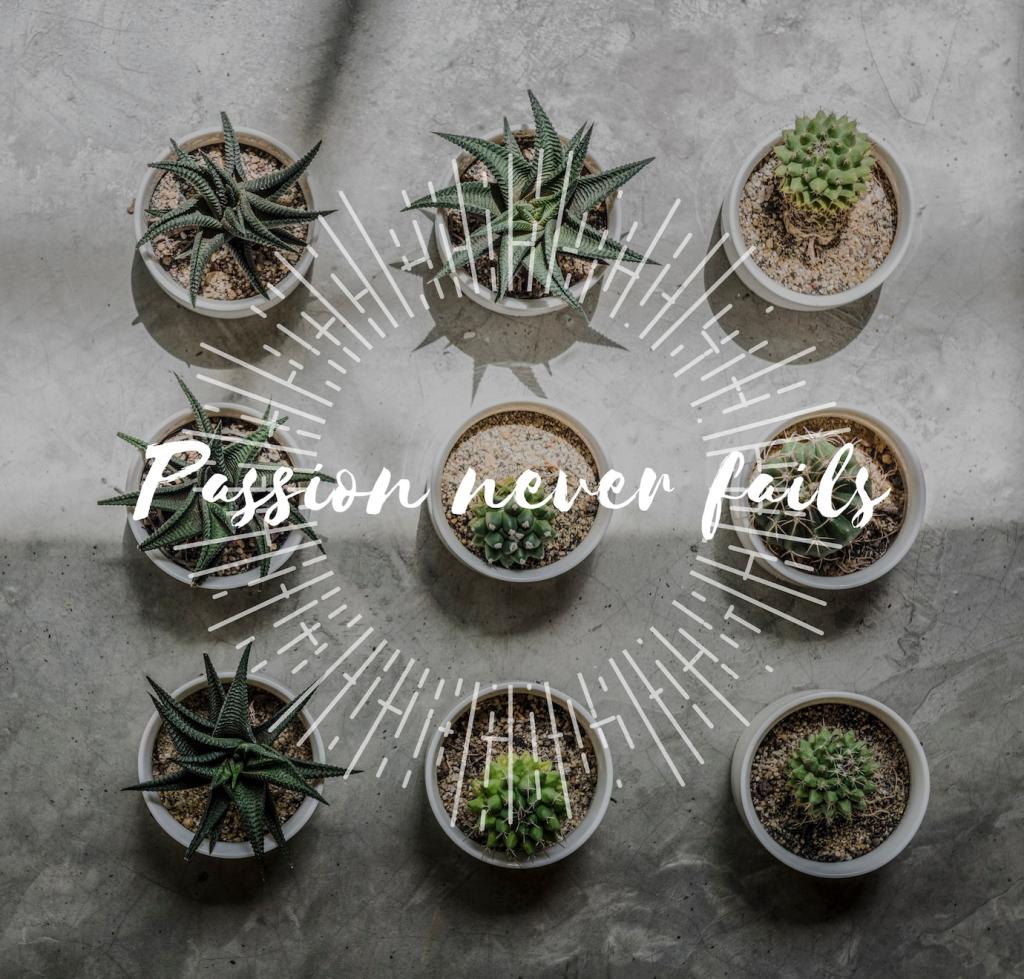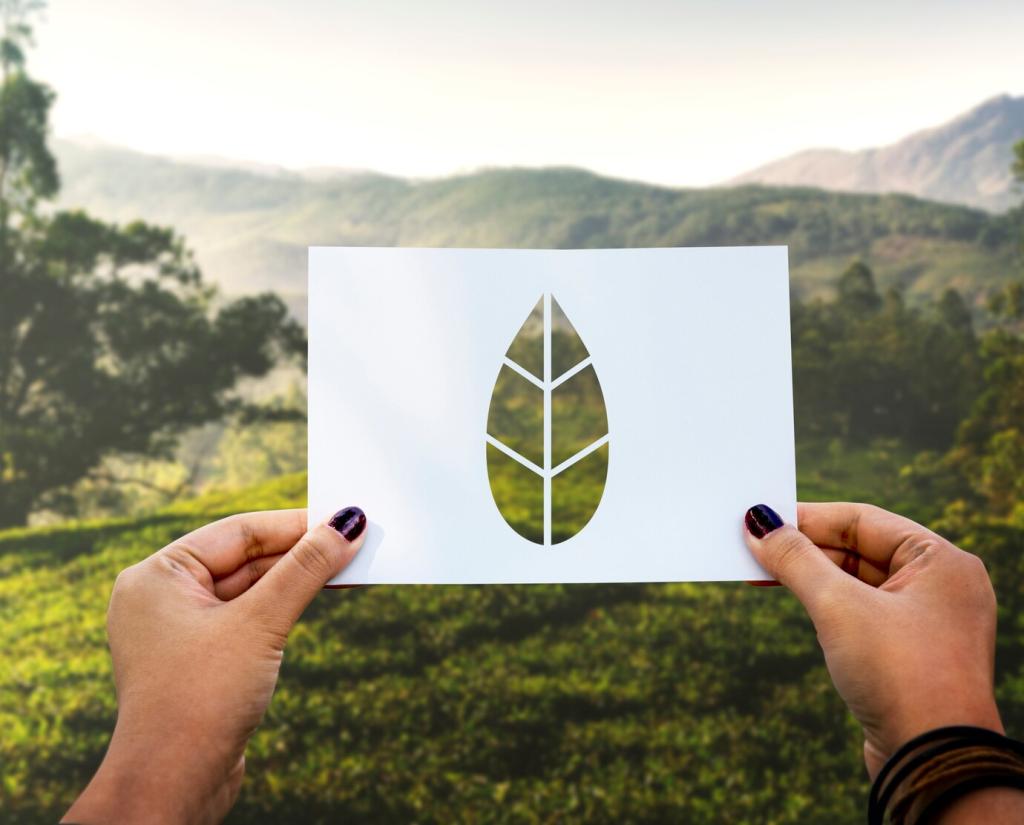Sourcing With Integrity
Seek transparent labeling: FSC or PEFC for responsibly sourced wood, GOTS for organic cotton, and third-party compostability marks such as BPI or TÜV OK compost for relevant items. Certifications are guides, not guarantees; ask about finishes and glues.
Sourcing With Integrity
Message makers about adhesives, dyes, and backings. Are bindings natural rubber or petrochemical? Are pigments plant-based or heavy-metal free? Request end-of-life instructions. Your questions push supply chains toward clarity and truly biodegradable design practices.
Sourcing With Integrity
Buy from nearby artisans, organize swap circles, and join neighborhood repair cafes. Circularity thrives locally, cutting transport emissions and building friendships. Tell us about a favorite maker we should interview, and we may spotlight them next month.



